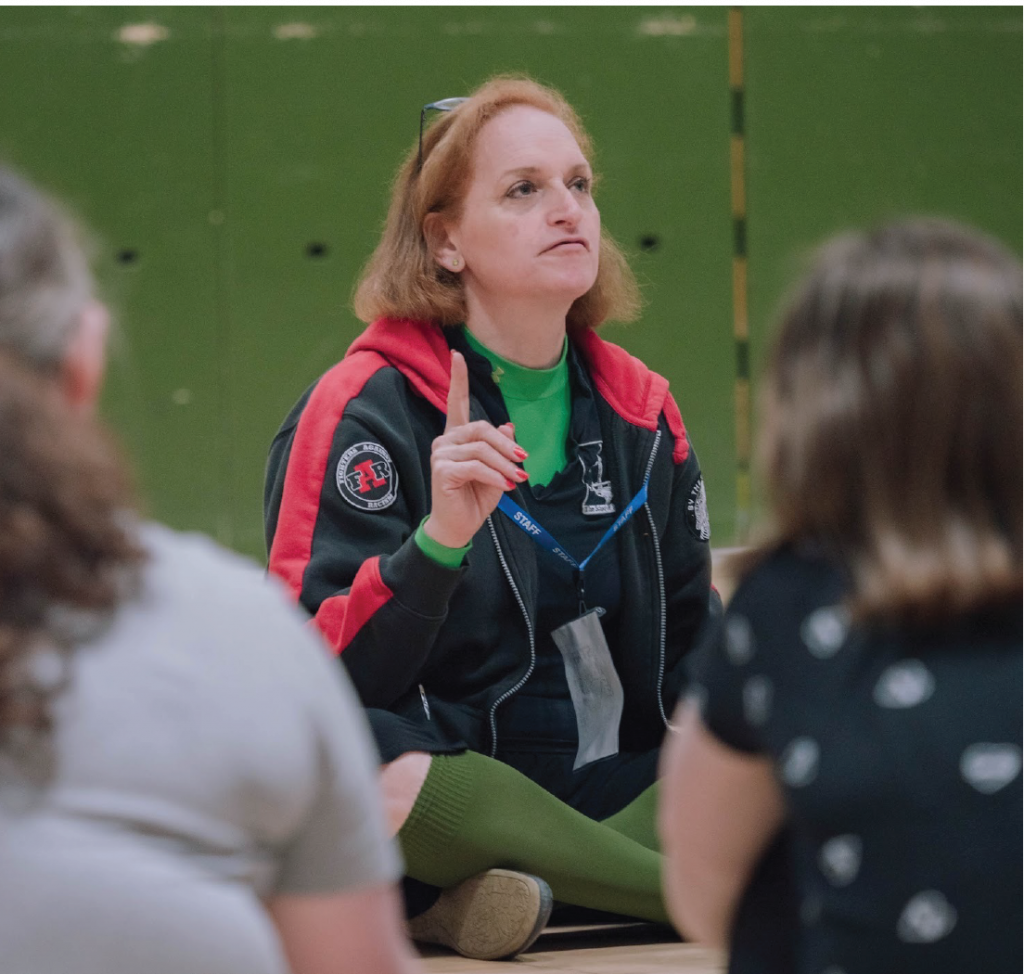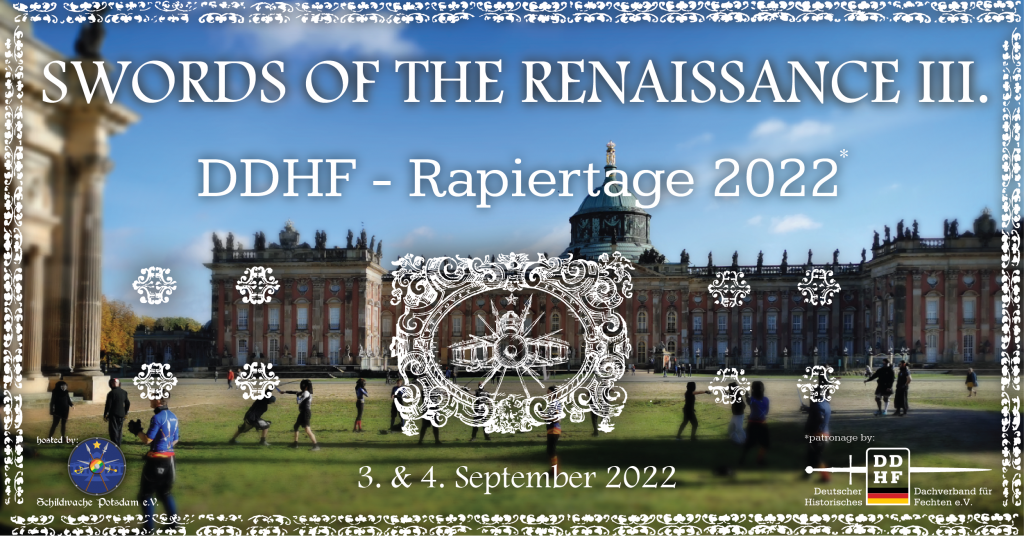
When?
3rd & 4th September 2022, Registration will open on 29th July at 6 pm
Click here for the registration form
Where?
Potsdam 14469, Am Neuen Palais
What?
We are proud to announce that our event is now the 2022 edition of the DDHF Rapier-Days as well, or as we like to call it: Spada Days. 🙂
This event is dedicated to the different styles and weapons of the Renaissance. This is intended to provide an overview and provide space for exchange and experimentation. There will be 4 workshops, but also plenty of time for questions, discussions, exchanges and free fencing! The aim is to create an open space that reflects both the diversity of the historical martial arts between the 15th and 17th centuries and the diversity of today’s practitioners. In terms of weapons, we’ll focus this year on the Spada (sword, sidesword, rapier – call it what you want) and some wrestling to make travelling a bit easier. Everything used in the Renaissance is welcome though.
A lunch buffet like last year will be organized. In the evening we will go out for dinner close to the event location. If the weather is good, the event will held outdoors and will be open to spectators. If it rains we move into the hall and stay among ourselves. There is no tournament or other kind of competitive scenario at this event. The common denominator is cooperative and friendly fencing environment.
Masks, neck protection and (light) gloves belong to the minimum to be able to safely participate in all workshops. A fencing jacket is also pleasant, especially in thrust-oriented workshops.
Timetable:
| Saturday | Sunday | |||
|---|---|---|---|---|
| Ground I. | Ground II. | Ground I. | Ground II. | |
| 9:00 – 9:30 | Registration & Covid Testing | Covid Testing | Open-Ground | |
| 9:30 – 10:30 | Welcome & Warm-Up | Warm-Up | ||
| 10:30 – 12:00 | Workshop: Dr. Guy Windsor | Open-Ground | Workshop: Dr. Lynette Nusbacher | |
| 12:00 – 13:30 | Lunch | Lunch | ||
| 13:30 – 15:00 | Workshop: Theresa Beckert | Open-Ground | Workshop: Martin Höppner | Open-Ground |
| 15:00 – 18:00 | Open-Ground & Discussion | Open-Ground, Discussion & Farewell | ||
| 19:00 | Social Event: Dinner | – | ||
Our Instructors:
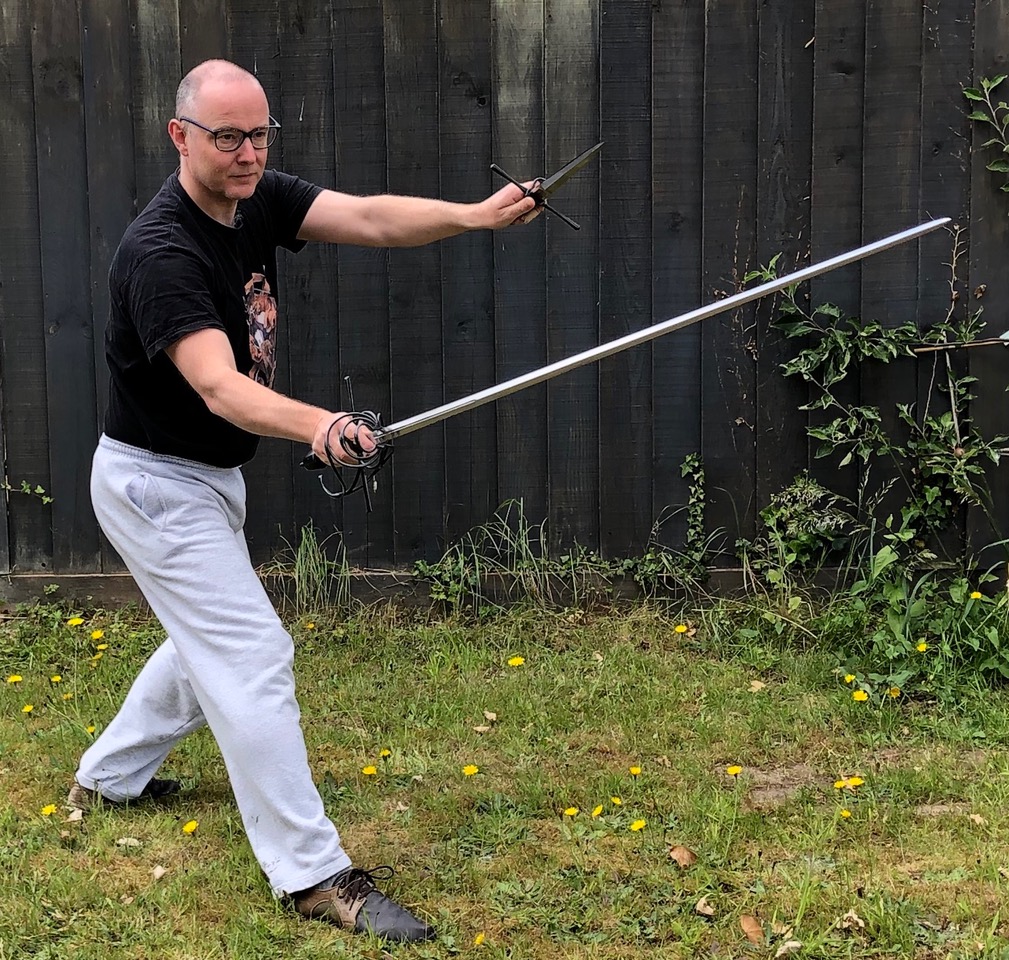
Rapier Mechanics
Have you ever failed to hit your opponent when the opportunity was there, because your weight was in the wrong place? Then this class is for you.
In a perfect world, when fencing we are always poised to strike or parry, whether you are moving forwards, backwards, or standing still. But especially with the more extreme rapier positions (such as Capoferro’s basic guard position, lunge, the scanso della vita, and others), we find ourselves stuck for a moment, unable to evade or strike.
So in this session we will look at the underlying principles of footwork and striking mechanics, and methods of training to be able to strike at any time.
The class will start with Guy asking you for specific requests, so if there is a rapier-related problem you are working on, we will try to cover it. Students will finish the session with training ideas for solving the problem of getting stuck.
Equipment required: contact-safe rapier, mask. Freeplay kit optional. If you have a buckler, bring it for the Buckler Game. (We also have a number of bucklers to loan.)
Pre-Hab trainalong session
Historical martial arts are a great way to keep active, but they are designed for winning sword fights, not long-term health. If you want to keep training into old age (and why would you want to stop?) it is necessary to have a physical health practice that keeps you fighting fit. No single approach works for everyone, so this session will include a broad range of exercises, and all students are encouraged to adapt the exercises, or do completely different exercises that they know work for them.
The session will include a complete survey of the joints, some breathing exercises, some limbering up, some fairly gentle strength training, and some gentle range of motion work, to prepare us for a full day of historical fencing. We will pay special attention to the ranges of motion required for rapier fencing, but the session is not particular to one style.
Students will finish the session feeling ready for the day, and with ideas for creating their own tailored physical practice.
This session can be done with no equipment at all, but ideally students will have an exercise mat, long stick, and a theraband. (Again, we have a couple to loan ☺️)
Martial vs. Sociable?
Wrestling with Andre Lignitzer and Fabian von Auerswald. The workshop will give insights into selected techniques of both and is focused to feel the differences of both styles. It is aimed at beginners that would like to start to build a sense for wrestling (yes, it’s fun, supports the body structure during fencing and isn’t exclusive to big people) and wrestlers who would like to dig into a new system. All you need for the workshop is comfortable, sturdy clothing.
Ringen bei Andre Lignitzer und Fabian von Auerswald. Der Workshop gibt einen kleinen Einblick in ausgewählte Techniken der beiden Ringmeister und soll so den Unterschied zwischen beiden Arten des Ringens fühlbar machen. Er richtet sich vor allem an Anfänger:innen, die ein erstes Gespür für das Ringen bekommen möchten (ja, es macht Spaß, unterstützt die Körperstruktur beim Fechten und ist nicht nur was für große Menschen ![]() ) oder an Ringer:innen, die ein neues System kennenlernen möchten. Benötigt wird für den Workshop lediglich bequeme, robuste Kleidung.
) oder an Ringer:innen, die ein neues System kennenlernen möchten. Benötigt wird für den Workshop lediglich bequeme, robuste Kleidung.
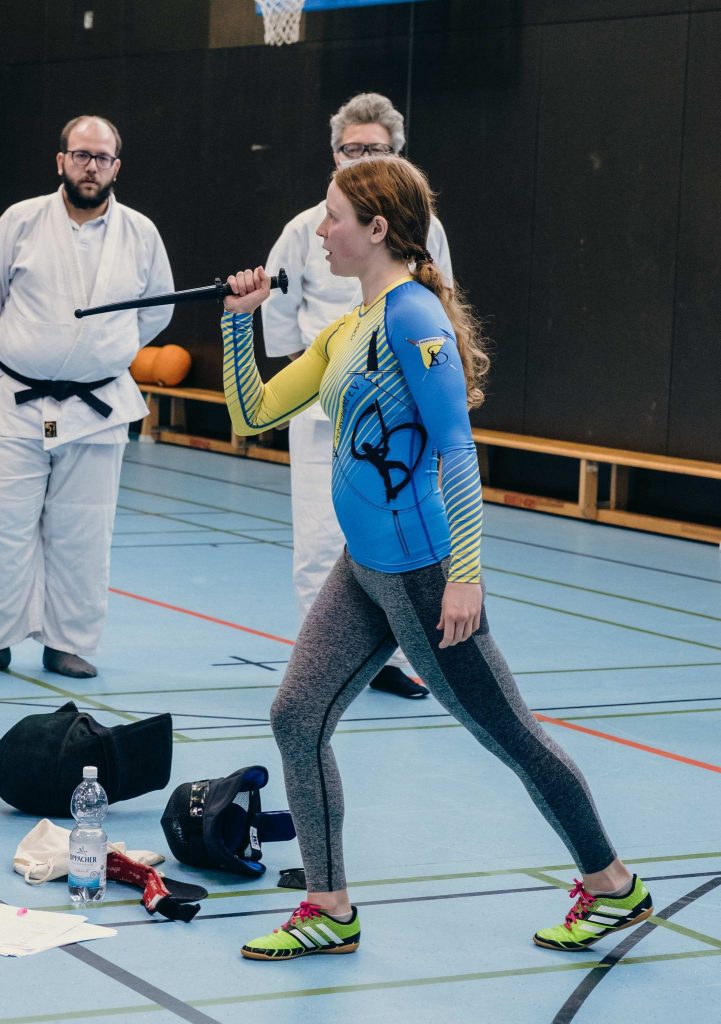
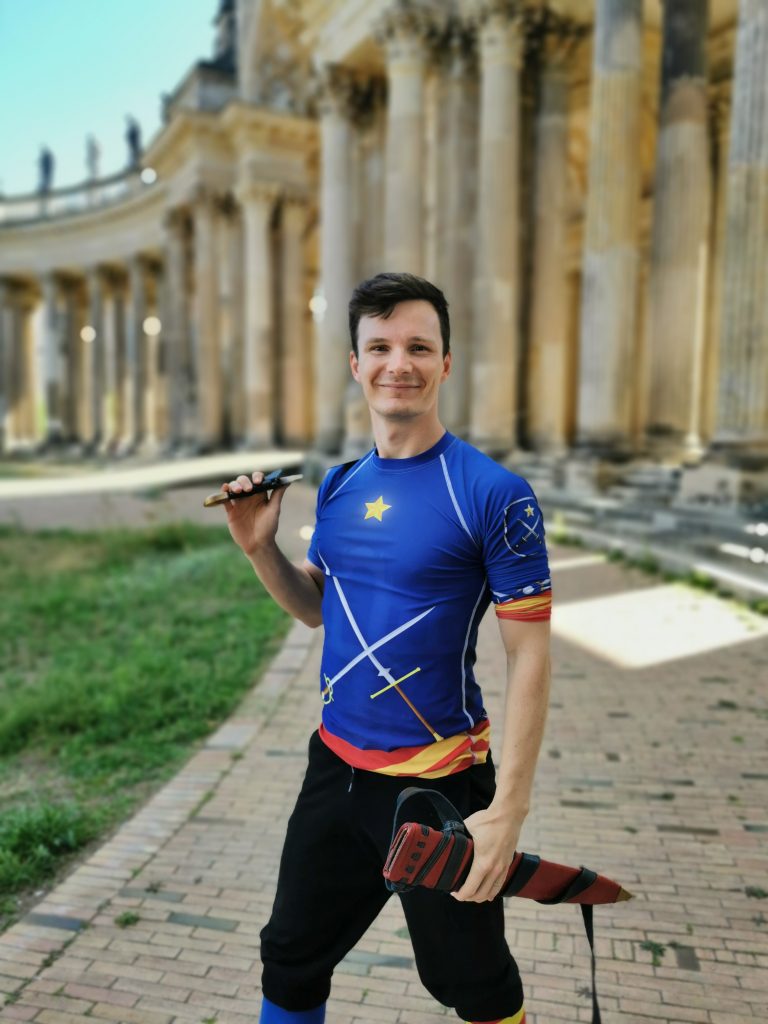
One technique to rule them all
Viggiani’s Lo Schermo (1575): Some say every technique has its time and place. This technique has every time and place. If you needed to teach one technique to an emperor, which one would you choose? Viggiani gives his answer within his Schermo – along with a lot of information essential to understand renaissance fencing.
In this class we will take a nice dive into his manual, body mechanics, tactics and apply his famous technique within a single tempo to strike our opponents.
Requirements: Contact-safe sword, protective gloves, fencing mask, freeplay kit optional
There Was No Renaissance
Innovation, Conservatism, Travel and Salvator Fabris’s Science of Arms (1606)
This will be a hands-on exploration of rapier and dagger fencing, based firmly on the Science of Arms by Salvator Fabris (1544-1618). Participants will seek to answer the question whether Fabris represents continuity with previous fencing styles and techniques, or whether he and his school were creating new, scientific ways of combat to support changes in weapons technology.
We will explore body positions and modes of attack and defence from fighting manuals that came before Salvator Fabris, and look for continuity, evolution and innovation in his work during his lifetime, and afterward.
Participants can be beginning, intermediate or advanced fencers; more or less familiar with Fabris’s work. Those wishing to do advance reading can find the source material here and here.
Equipment: Rapier (or sidesword, or other safe, blunt sword),Dagger (again, safe and blunt),Gloves Protective equipment for optional drills: Mask, gorget and chest protector
Es gab keine Renaissance
Innovation, Konservatismus, Reisen und die Waffenkunde von Salvator Fabris (1606)(auf Englisch)
Es handelt sich um eine praktische Erkundung des Degen-und-Dolchfechtens, die sich auf die Waffenkunde von Salvator Fabris (1544-1618) stützt. Die Teilnehmer werden versuchen, die Frage zu beantworten, ob Fabris die Kontinuität früherer Fechtstile und -techniken repräsentiert oder ob er und seine Schule neue, wissenschaftliche Kampfmethoden entwickelten, um die Veränderungen in der Waffentechnik zu unterstützen.
Wir werden Körperpositionen sowie Angriffs- und Verteidigungsmethoden aus Kampfhandbüchern untersuchen, die vor Salvator Fabris entstanden sind, und nach Kontinuität, Evolution und Innovation in seinem Werk zu Lebzeiten und danach suchen.
Die Teilnehmer können Anfänger, Fortgeschrittene oder Profis sein, die mit dem Werk von Fabris mehr oder weniger vertraut sind. Diejenigen, die sich vorab informieren möchten, finden das Quellenmaterial hier und hier.
Ausrüstung: Rapier (oder Seitenschwert, oder ein anderes sicheres, stumpfes Schwert), Dolch (ebenfalls sicher und stumpf), Handschuhe, Schutzausrüstung für optionale Übungen: Maske, Halskrause und Brustpanzer
